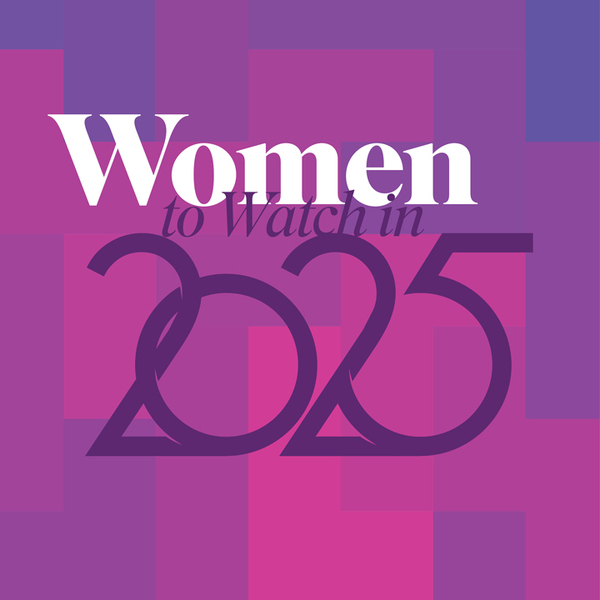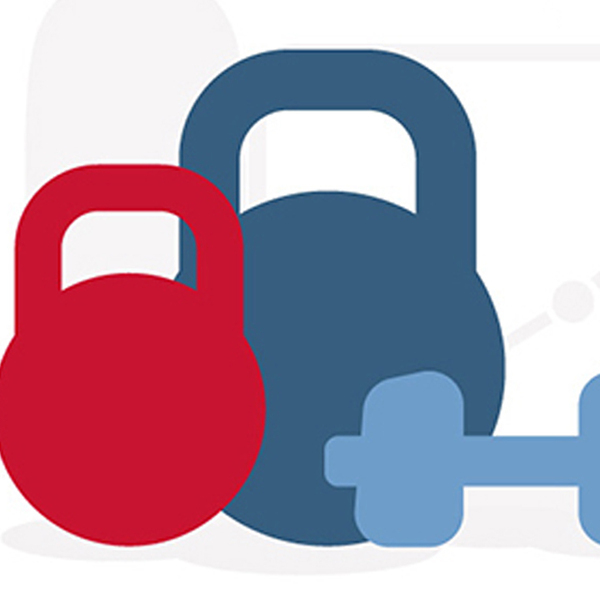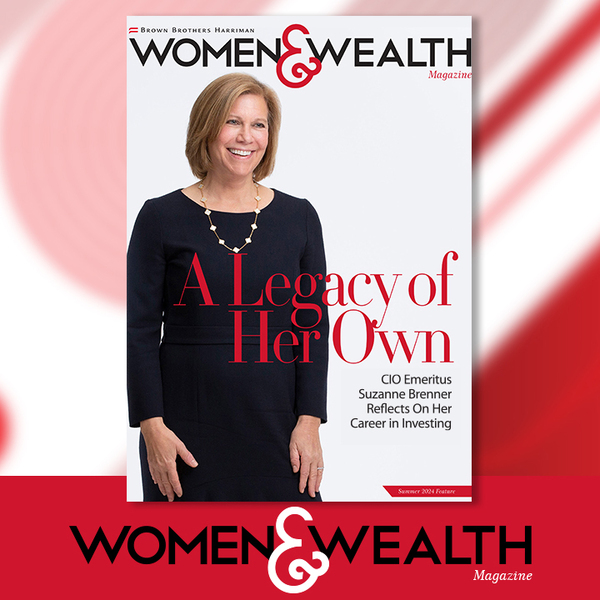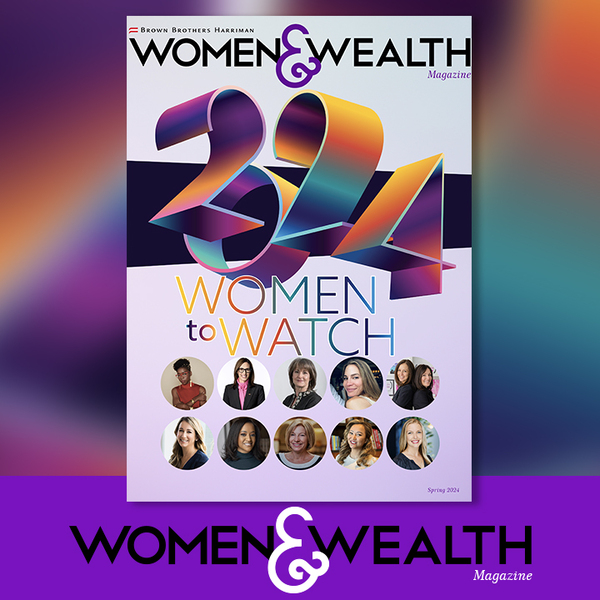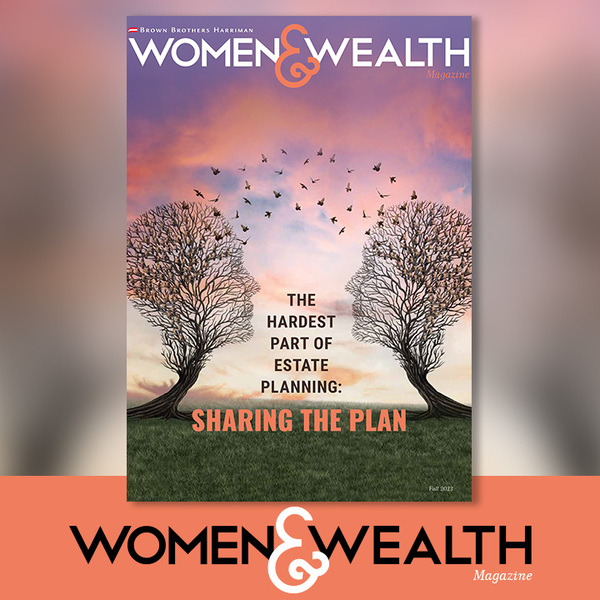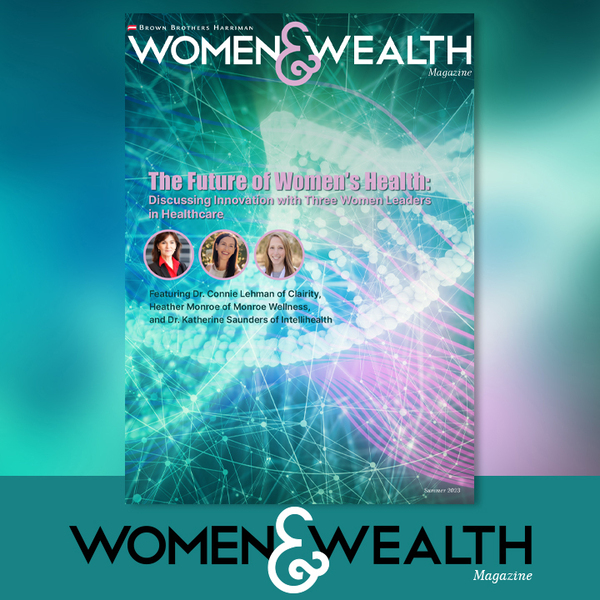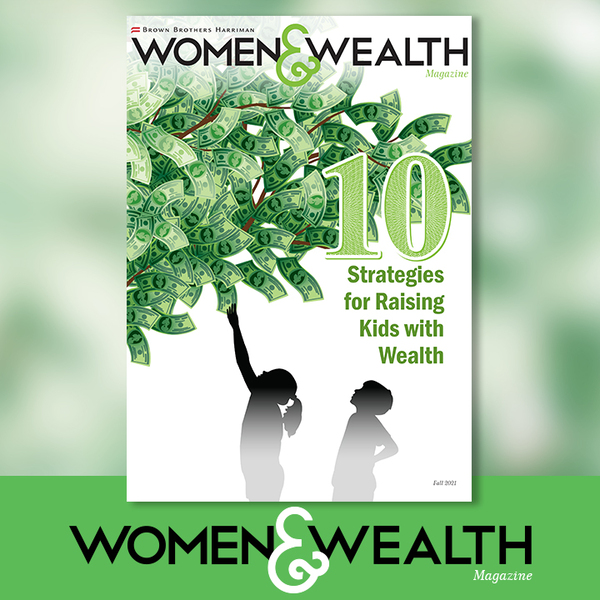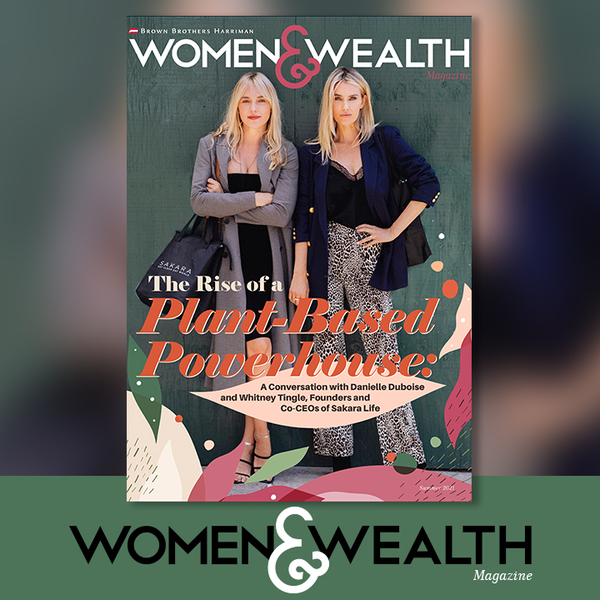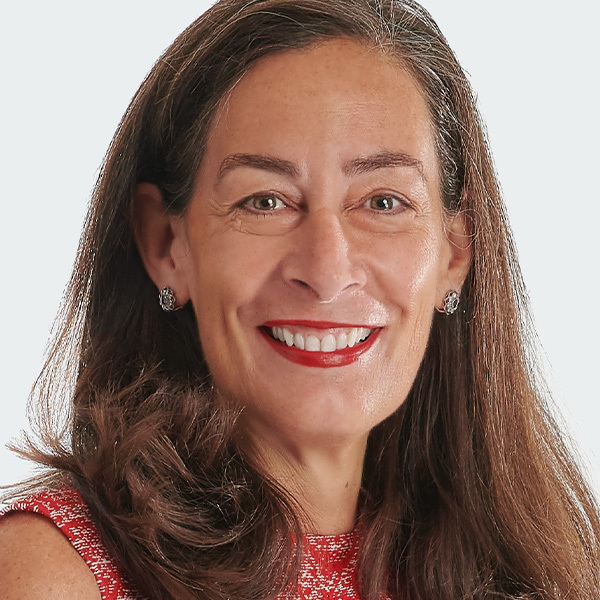Cultivating a community of women
Our Center for Women and Wealth® (CW&W) is committed to engaging and supporting women as they create and manage wealth. We focus on the issues women care about most and curate experiences and conversations for women to grapple with investment, planning, and philanthropic decisions, including issues related to business ownership and raising responsible children. Great things happen when engaged women come together.
Focusing in on women & personal wellness
Trends and changes in the health and personal wellness markets – from wearable fitness technology to employer-offered services – suggest that across the board, personal wellness is increasingly front of mind. And while signs point to a renewed focus on women-specific issues, unmet needs remain.
63% of women struggle to prioritize their health. Top barriers include:
· Caring for others before themselves
· Mental or emotional health
· Feeling overwhelmed
· Work
Younger generations are more likely to struggle to prioritize their health.
· Gen Z: 74%
· Millennials: 70%
· Gen X: 68%
· Baby boomers: 52%
· Silent Generation: 39%
Renewed growth in the health and personal wellness markets and a focus on women-specific health issues has made women’s health more accessible than ever in recent years.
· U.S. wellness market value: $480 billion
· 82% of U.S. consumers consider wellness a top or important priority
· Estimated size of the U.S. women’s health market in 2024: $18.82 billion
· 5% - 10% annual growth per year
· 58% are considering wellness more now vs. a year ago
· Projected CAGR 2025 to 2030: 3.7%
Developments in technology and software have boosted new trends in personal wellness, including…
· Wearable fitness devices
· Personalized products and services supplemented by AI
· Software-based health and wellness services
…along with an increase in employers’ support of women’s health.
· 75% of employers plan to increase access to women’s healthcare services
· 69% of employers say that mental health is a high priority
Partnerships
If you would like to be more involved with the CW&W, contact us at CW&W@bbh.com.
This communication is for informational purposes only. The information herein has not been based on a consideration of any individual investor’s circumstances and is not investment advice, nor should it be construed in any way as tax, accounting, legal or regulatory advice. Individuals should consult their personal tax, accounting and legal advisers regarding any potential investment or strategy. Any views and opinions are subject to change at any time.
This material does not constitute an offer or solicitation in any jurisdiction where or to any person to whom it would be unauthorized to do so.
Investment Advisory Products and Services:
NOT FDIC INSURED NO BANK GUARANTEE MAY LOSE VALUE



